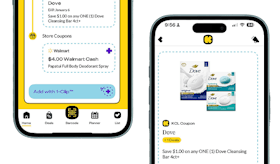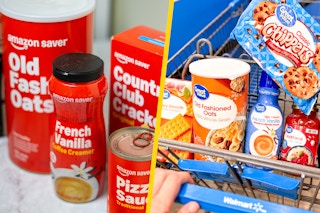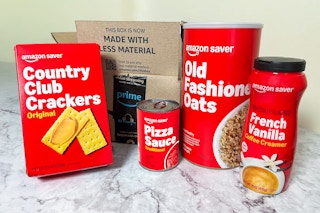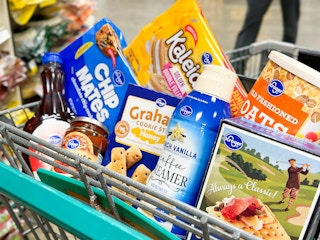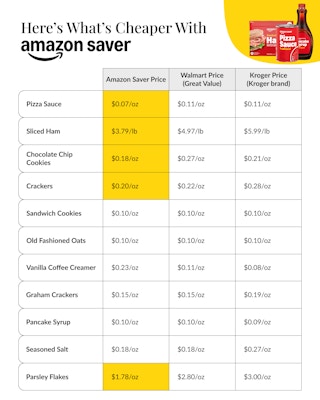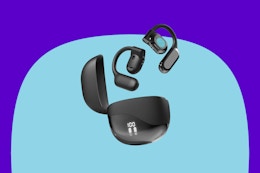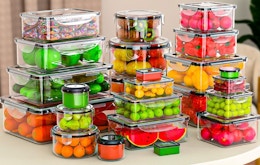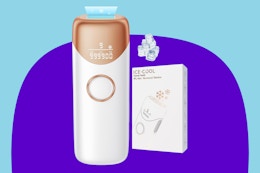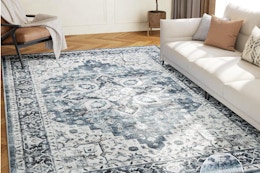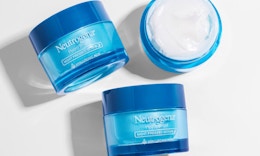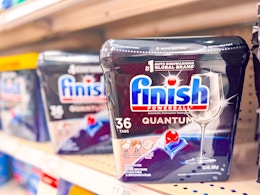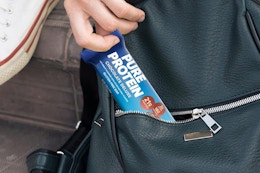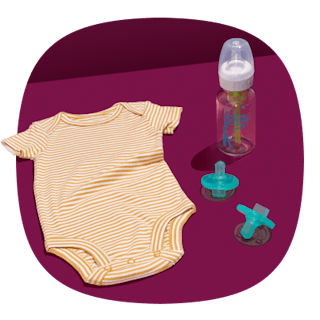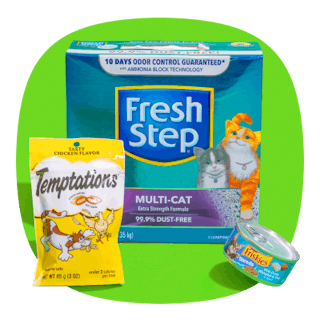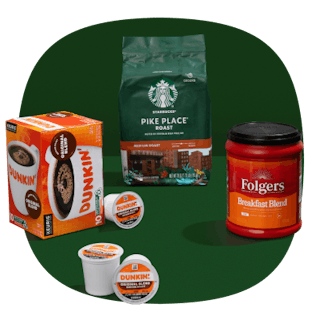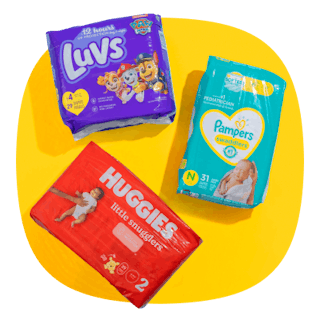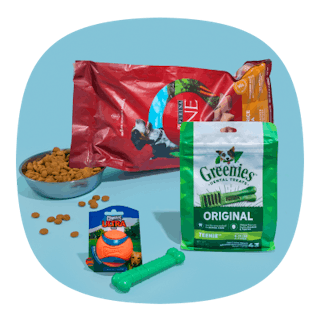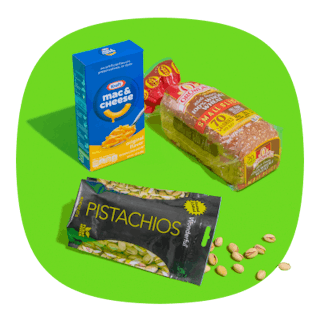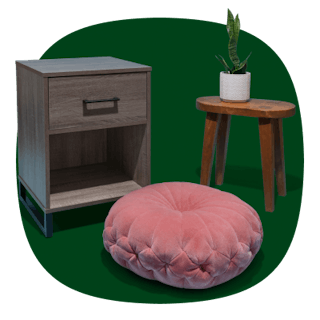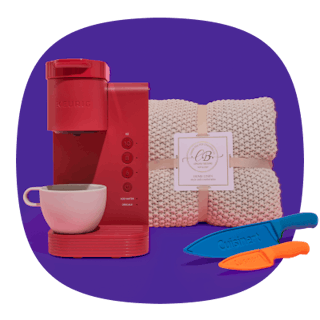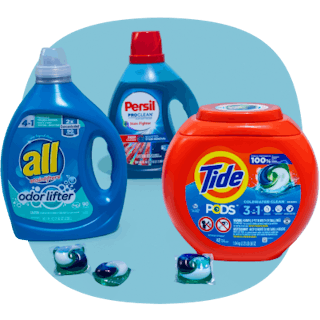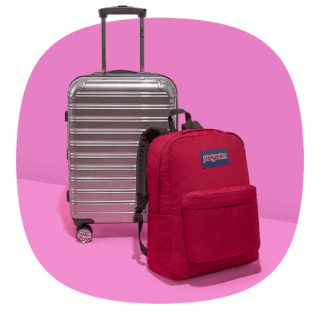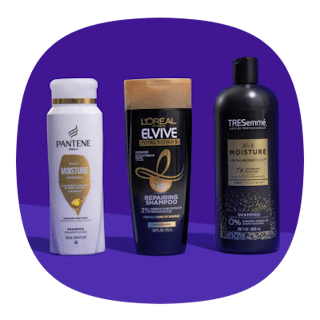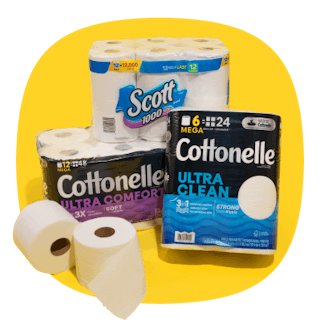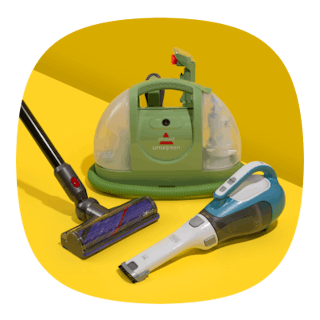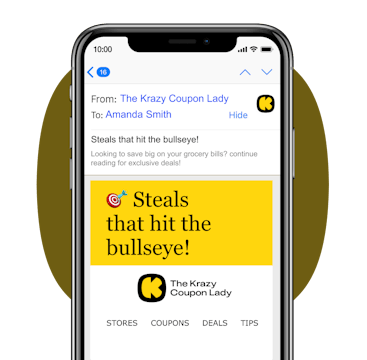Amazon recently dropped a no-frills private label grocery line called Saver, which they promise will save shoppers money when ordering groceries online from Amazon or shopping at brick-and-mortar Amazon Fresh stores.
But does it save shoppers money compared to other famously inexpensive private label grocery brands?
We calculated the cost per unit of some of Saver's core products and pitted them against Walmart Great Value and the Kroger brand. Also, there are some caveats to be aware of when it comes to shopping Saver (including who can shop it and delivery fees involved).
Download the KCL app or text SAVE to 57299 to see current Amazon deals .
Saver is Amazon's budget grocery brand.
While only a dozen or so Saver products have dropped so far (more than 100 will drop over time, according to Amazon's press release), it's clear that Amazon plans for this line to be a counterpoint to its competitors' super-discounted private label brands. According to research from The Food Industry Association, shoppers are leaning into private label brands, perceiving them as a better value (they're more profitable for retailers too).
While Amazon has long had other private-label brands, they're more mid-range (or aiming for shoppers craving something splurge worthy, gourmet, or organic). With Saver, Amazon is gunning for the likes of Walmart's Great Value brand and targeting shoppers who are basing purchase decisions on the price tag.
Saver beats the bargain grocery prices for five items: cookies, crackers, ham, parsley, and pizza sauce.
We compared the cost per ounce of Amazon's first drop of Saver products against Walmart's Great Value brand and Kroger's store brand, both known for their wide availability across the U.S. and bargain friendliness.
Amazon Saver was the winner on a few key things (pizza sauce, deli meat, cookies, and crackers), and less of a clear winner for others. But overall (with the exception of coffee creamer), it fits right in amid the competition. We'll see what future Saver product releases hold, but so far, it's safe to say you're getting the same value out of Saver that you would from other bargain in-house brands elsewhere (and getting a better value on some key products highlighted in our chart).
Not everyone can shop Amazon Saver products.
Amazon Saver is part of the Amazon Fresh family. To buy Saver products, you either need to live near a physical Amazon Fresh store or be in an Amazon Fresh delivery area. There are relatively few Fresh stores in the U.S., so it's more likely that you live in an Amazon Fresh Delivery area. But it's not a given. Amazon Fresh delivery serves about 3,500 U.S. cities, but some areas still aren't in a delivery zone (KCL's Boise, Idaho, headquarters, for example).
To see if you're in an Amazon Fresh delivery area, enter your ZIP code here.
When shopping Amazon Saver, delivery is free only if you're a Prime member and placing orders of $100+.
For many, Amazon's Saver will be available only for delivery (unless you happen to live near an Amazon Fresh store and can grab it off the shelf yourself). And that means doing what you can to avoid delivery fees.
To get free Amazon grocery delivery, you must do the following:
1. Be a Prime member ($139 per year).
2. And place an Amazon grocery order over $100.
If you're not a Prime member or if you're a Prime member placing an order under $100, you'll be charged a delivery fee of between $4.95 and $13.95, depending on order size and delivery speed selected.
That could change your math a bit. Even if an item is cheaper with Saver, you might spend less by going to a nearby Walmart or grocery store. Yes, you do have to pay for Walmart+ membership to get free Walmart grocery delivery, but you're also more likely to have a nearby Walmart store you can shop at than to have an Amazon Fresh store close by.
Because of delivery fees, Amazon Saver will mostly benefit Prime members who spend over $100 regularly.
Given the delivery fees and the requirement to have Prime for free delivery, Saver will mostly likely benefit Prime members who prefer the convenience of Amazon grocery delivery and who want to save on everyday staples (and who consistently place orders over $100). If that's you, Saver is a compelling new option. Non-Prime members, however, will likely have any Saver savings cancelled out by delivery fees.
Related Reading:
-
Shelf Life Savings: Stores That Mark Down Groceries Near Their Expiration Date
-
11 Ways to Earn Amazon Promo Credits (AKA Free Money to Spend on Amazon)
Download the KCL app to add and redeem coupons in store
